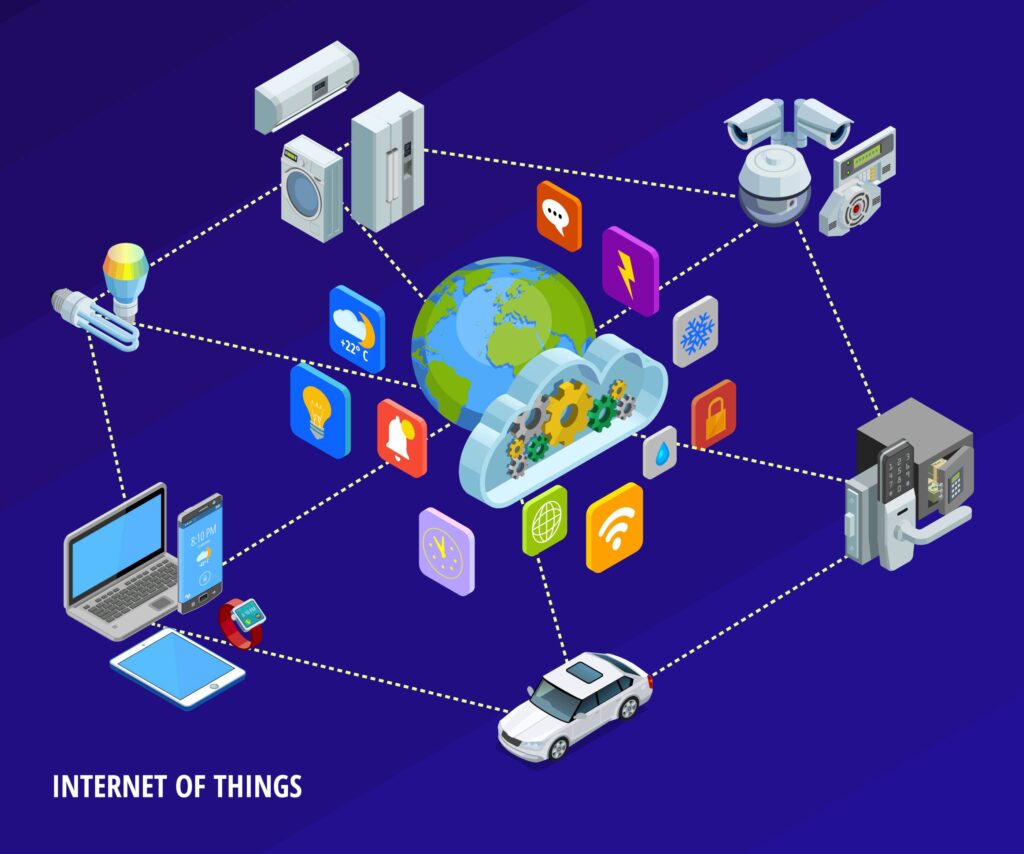In the realm of artificial intelligence, few concepts have garnered as much attention and excitement as deep learning. Powering remarkable advancements in various fields, deep learning has proven to be a transformative force. At the heart of this technology lies neural networks, which mimic the workings of the human brain to process and analyze complex data.
In this article, we will embark on a journey to demystify neural networks and explore the fascinating world of deep learning.
Introduction to Deep Learning
Deep learning is a subfield of machine learning that focuses on training artificial neural networks to automatically learn and extract meaningful patterns from large amounts of data. It has gained significant attention in recent years due to its exceptional performance in tasks such as image recognition, natural language processing, and speech synthesis.
The Basics of Neural Networks
Neural networks are the fundamental building blocks of deep learning. Inspired by the structure and functioning of biological brains, neural networks consist of interconnected nodes, or artificial neurons, organized in layers. Each neuron takes input, applies a mathematical transformation, and produces an output that contributes to the overall computation of the network.
Understanding the Structure of Neural Networks
Neural networks typically comprise an input layer, one or more hidden layers, and an output layer. The input layer receives the initial data, which is then passed through the hidden layers, where complex computations occur. Finally, the output layer produces the desired predictions or classifications based on the learned patterns.
Training Neural Networks: Backpropagation and Gradient Descent
Training a neural network involves optimizing its parameters to minimize the difference between predicted and actual outputs. Backpropagation, a key algorithm in deep learning, calculates the gradients of the network’s error with respect to its parameters. These gradients are then used in gradient descent, which iteratively updates the parameters to improve the network’s performance.
Activation Functions: Bringing Non-Linearity to Neural Networks
Activation functions introduce non-linearity to neural networks, allowing them to model complex relationships between inputs and outputs. Popular activation functions include the sigmoid function, hyperbolic tangent (tanh), and rectified linear unit (ReLU), each with its own characteristics and advantages.
Popular Architectures of Neural Networks
Several neural network architectures have gained prominence in the field of deep learning. Convolutional Neural Networks (CNNs) excel in image and video analysis, while Recurrent Neural Networks (RNNs) are effective for sequence data such as natural language processing. Generative Adversarial Networks (GANs) are used for tasks like image generation and style transfer.
Applications of Deep Learning
Deep learning has found application in various domains. In healthcare, it aids in medical image analysis, disease diagnosis, and drug discovery. In autonomous vehicles, deep learning enables object detection, lane recognition, and decision-making. Other areas benefiting from deep learning include finance, cybersecurity, robotics, and natural language processing.
Challenges and Limitations of Neural Networks
Despite their remarkable capabilities, neural networks face certain challenges. They require large amounts of labeled training data, significant computational resources, and careful hyperparameter tuning. Neural networks are also vulnerable to adversarial attacks, where small input perturbations can lead to incorrect predictions.
The Future of Deep Learning
The future of deep learning is promising. Ongoing research focuses on enhancing the interpretability and explainability of neural networks, improving their efficiency, and developing novel architectures. Reinforcement learning, combining deep learning with decision-making, is another exciting area with potential for breakthroughs.
Conclusion
Neural networks and deep learning have revolutionized the field of artificial intelligence, enabling machines to learn from data and perform complex tasks with remarkable accuracy. As advancements continue and challenges are addressed, deep learning will continue to shape our world and pave the way for further innovations.
FAQs (Frequently Asked Questions)
Q1: What is deep learning?
A1: Deep learning is a subfield of machine learning that uses artificial neural networks to automatically learn and extract patterns from large amounts of data.
Q2: How do neural networks work?
A2: Neural networks consist of interconnected artificial neurons organized in layers. They process input data through hidden layers, applying mathematical transformations to produce desired outputs.
Q3: What are some popular neural network architectures?
A3: Convolutional Neural Networks (CNNs) are popular for image analysis, Recurrent Neural Networks (RNNs) for sequence data, and Generative Adversarial Networks (GANs) for tasks like image generation.
Q4: What are the limitations of neural networks?
A4: Neural networks require large labeled datasets, substantial computational resources, and careful tuning. They are also susceptible to adversarial attacks.
Q5: What does the future hold for deep learning?
A5: The future of deep learning involves improving interpretability, efficiency, and developing novel architectures. Reinforcement learning is another area with potential for advancements.



